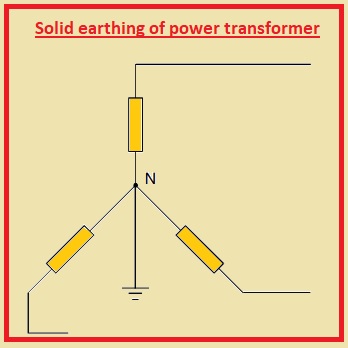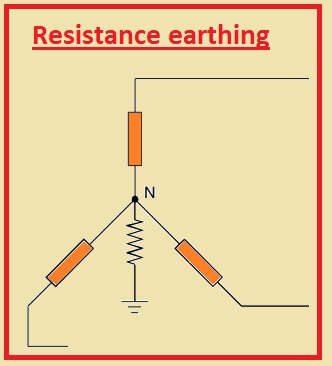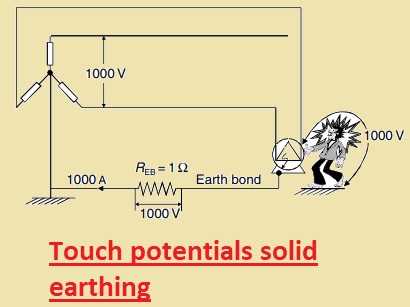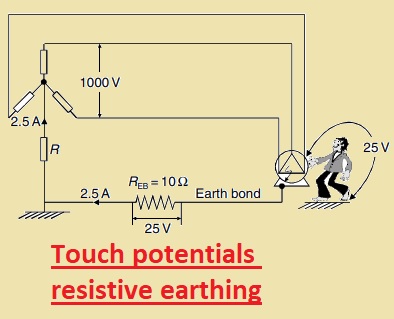 Hello readers welcome to the new post. In this post we will discuss Types Earthing Devices & Applications. The electrical system consists of different types of device that performs different functions according to their applications. This system generates power through use generators and transmits the power to loads that use this power.
Hello readers welcome to the new post. In this post we will discuss Types Earthing Devices & Applications. The electrical system consists of different types of device that performs different functions according to their applications. This system generates power through use generators and transmits the power to loads that use this power.
To deliver this power and make it useful for users and make sure humans and equipment there is different types of component used in the system. In this post, we will cover different types of earthing devices and learn how their importance for a power system. So let get started Types Earthing Devices & Applications.
Types Earthing Devices & Applications
- The main types of earthing are listed here.
- Solid earthing
- Let discuss in detail
Solid earthing
- In this earthing type, there is neutral of power transformer is linked to copper conductor solidly.
Solid Earthing Advantages
- Neutral remains at earth potential
- There is no need of special sensitivity really since phase to phase and phase to ground faults have the same value.
- There is no charges of current limiting components.
Solid Earthing Disadvantages
- It can cause harsh shock due to phase to the ground connection that not exists in resistance earthing
- Third harmonics will be in case of neutral wires.
Resistance earthing
- There is insertion of resistance between the neutral wire of transformer and earth.
- It is used for volts value less then their three kilovolts
Resistance Earthing Advantages
- In the existence of earth faults, it restricts the electrical and mechanical stress affecting the system.
Disadvantages
- The complete line to line insulation is needed between earth and phase wire
Reactance earthing
- The reactor is attached between earth and neutral wire of transformer.
- Resistance earthing and reactance has the same value
- To get the same magnitude to there resistance there should be a reactor design is simple and small size.
Arc suppression coil or Petersen coil
- There is the connection of tunable reactor between earth and neutral wire of transformer
- Value of reactance is such that the current of capacitance cancel out the reactance current
- This circuit is com0letly insulated so no current for another device.
Earthing through the neutral earthing compensator
- In this circuit, there is an earth point for delta configuration and links resistance and reactance eating to limit faults current to favorable points.
How to Evaluate of earthing methods
- Earthing method is called effective earthing if it is directly linked to earth and called noneffective earthing if uses resistance reactance,etc.
- In the below figure, you can see the touch potential connected to solid earthing.
- In below diagram, there is a touch potential link to resistance with neutral.
- Resistance restricts the current caused by the ground fault.
- Solid earthing used for fewer volts value and resistance is used for large volts up to thirty kilovolts
- While reactor, transformer for earthing are used for volts larger than thirty kilovolts.
- The main reason for use of solid earthing is that it is used for single phases and is used for households devices that are single-phase operating.
- While in case of industries resistance grounding I used their three phases loads are operated.
- Power usage remains limited for use of resistance earth system and humans protection need power should be separated if ground faults occur.
That is all about the Types of Earthing Devices & Applications. Different types of earthing devices are discussed and their importance. Thanks for reading have a good day.














